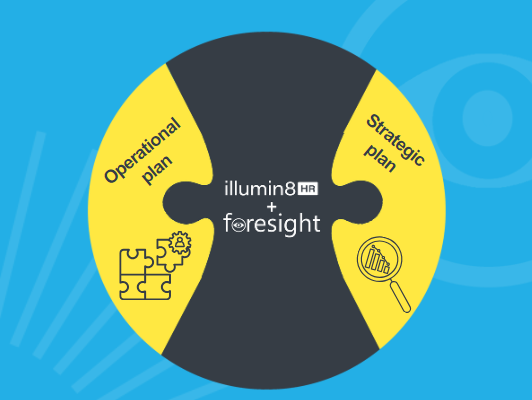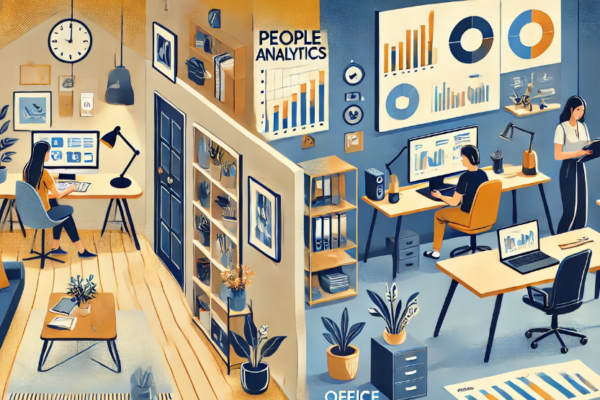The last eighteen months have seen a seismic shift in how organisations prioritise employee experience and wellbeing. How they have responded to the pandemic, the mental health crisis that we are experiencing and the shift to a more hybrid way of working. All new challenges with which organisations have had to get grips. And these issues are very much here to stay. In Josh Bersin’s recent HR technology conference keynote, he named employee experience one of the ten critical issues for organisations as we move into a post-pandemic world. The coming years will be a test for every leader in how teams perform, how they feel and how they are supported in the workplace.
But, alongside these crucial changes, we also need to see a more significant shift in mindset. From cultures that focus exclusively on feedback to ones that focus on what we like to call feedforward. Gone are the days when better communication about employee assistance programmes is enough. Gone too are the days when employee-led forums are able to cover the many and various wellbeing issues. And any leader who thinks that wellbeing ‘check-in’ meetings and regular staff surveys are the only things that are fit for purpose when assessing employee wellbeing shouldn’t be leading anything. These are all part of a culture of feedback that, in isolation, won’t give the leadership team a complete picture or a forward-looking view.
Enabled by technology
The answer lies in the way people analytics can feedforward and the continued adoption of technology. And, although the pandemic has propelled the widespread adoption of digital transformation, companies now understand that there is no option other than to look at people analytics and AI-based transformation. Talent is now, once and for all, enabled by technology, and this was reiterated at the HR technology conference. Instead of replacing HR professionals, technology, and specifically people analytics, should be seen as an enabler for HR to create relevant and meaningful employee experiences.
But there’s a long way to go. A recent Deloitte survey found that while 71 per cent of companies see people analytics as a high priority in their organisations, progress has been slow. After years of discussing this issue, only 8 per cent report they have usable data. Alongside that, only 9 per cent believe they have a good understanding of which talent dimensions drive performance in their organisations. And a mere 15 per cent have deployed HR and talent scorecards for line managers. Numbers that all demonstrate the size of the opportunity for future-facing, people-focussed and technology-enabled businesses.
Agility and collaboration are critical
However, as those organisations become increasingly digital, they are shifting towards building the new organisation, where agility and collaboration are critical and especially useful in remote and hybrid work environments. Embedding people analytics can create a more productive workforce, allow you to rethink organisational models and leverage data to make better predictions and decisions. But specifically, it can support insightful decision-making, retention, and employee experience. We are now in a world where the most progressive companies are using data to visualise, through heatmaps, their employee experience. And using them to drill down to specific areas where interventions are needed while simultaneously maintaining employee anonymity. It’s a far cry from the weekly ‘check in’.
People analytics is enabling organisations to complete the picture and look forward. Join dots. Separate opinion from fact. Validate some assumptions, whilst challenging others. Surface the unknowns. Help inform leadership teams to make decisions and set priortities.
The next eighteen months are critical to ensuring that employee experience and wellbeing are strategic priorities for all businesses. And using people analytics to drive a culture that feeds forward is the key to unlocking this. There’s no time to waste.




